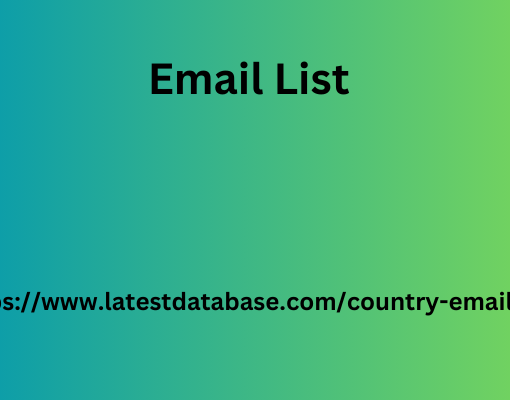Meetings can be fun and highly effective, but an inefficient one can be a drain on your time, especially if you’re busy. This doesn’t just apply to those working in the digital marketing sector, it applies to any industry. Whether it’s a quick team meeting or one that requires brainstorming or strategic discussion, there are some simple but effective rules you can follow to make it successful. This is particularly true for today’s workplace with so many people working in the office for a part of the week through hybrid working or working remotely. In this blog, we will share 9 simple techniques you should use to run a successful meeting and as a bonus, we’ll look at some AI tools that can help make your meetings more effective.
Set a clear agenda Know your desired outcomes
Find the right environment Prepare talking points Give everyone a chance to speak Encourage ideas & solutions Be mindful of the time Define clear next steps & actions Ask for feedback How to run a meeting checklist Afghanistan Email List 168973 Contact Leads Download Free It’s not enough to just gather people in a room (real or online) for a meeting and hope for the best! We’ve done a lot of research at the Digital Marketing Institute into how meetings work and the best way to run them. Let’s look at 9 ways to help you run an effective meeting . 1. Set a clear agenda When you are time-starved and have lots to do (like most marketers) a meeting without a purpose is a drag. Send an agenda before the meeting so people know what to expect and if they need to prepare any information or do some research. You can also have the agenda displayed on a screen or even printed (for a face-to-face meeting) to help things move along smoothly. This is particularly important for online meetings where people work remotely and might be out of touch with a campaign or project. An agenda helps to steer the meeting back on track if it’s going off on a tangent or breaking into smaller discussions. For example, you can say “That’s a great idea, but not one for right now. Let’s add it to the next X meeting for discussion.” ” Too often meetings can go off on a tangent and the purpose gets lost which can be frustrating for attendees.
The facilitator should share an agenda in advance

So attendees come prepared and cover what’s needed in the allocated time and avoid meetings running over. ” – Orla Stack, Human Resources Director at the Digital Marketing Institute 2. Know your desired outcomes From the outset, you should know what you want to get from the meeting. Are you looking for ideas? Do you need to get a budget approved? Is it to provide support for team members on a challenging project? Be clear on what you want and work through the meeting to make sure you get outcomes from it. The last few minutes of the meeting should be used to go through the next steps and assign people to undertake them. It helps you lay down a clear action plan everyone is aware of. You should also ensure that everyone invited has a part to play or is involved in the team or project. Don’t waste anyone’s time if they could be doing other things. 3. Find the right environment Today, with remote and hybrid working, meetings can take place anywhere. The key is to decide on the best medium for the meeting whether online is enough or if you need to have it in person. Operational meetings can be managed quickly online. For example, a daily or weekly team catch-up or sprint can easily be managed by doing a roundtable and leaving time for any queries at the end. Business builder meetings can also be managed remotely as long as you have a clear agenda in place. Use screen share for sharing presentations, slides, or visuals to help ensure everyone has access to the information. Strategic direction meetings are focused on reflection, new ideas, and brainstorming so are probably better suited to an in-person meeting. Think about the colleagues that need to be involved and see what can work for everyone.
There should be room for accommodating people’s
Situations (such as giving plenty of notice so remote workers can commute to the office), but don’t lose sight of the purpose and desired outcomes. Read: ‘How to Manage a Remote Team (and the tools to help you do it)’ 4. Prepare talking points If you’re leading a meeting that requires ideas or brainstorming, bring key talking points to the table. These will be directed by the project and outcomes but can act as a crib sheet during the meeting if you find things are getting off-subject. You could put questions on a whiteboard and ask people their opinions. For example, if it’s a meeting to discuss a marketing campaign that underperformed, ask questions such as “What did you like about the campaign?” Or “What could we have done better?” This technique may give you lots of answers, but it gives you a chance to see if there’s a consensus in the room that you can use to feed into other campaigns or drive performance. 5. Give everyone a chance to speak While everyone has a role and job title, these can be put to one side for the sake of the meeting. It can be limiting to try and innovate or strategize if everyone sticks to their own remit e.g. the marketing manager can only talk about marketing. Be mindful of who is at the meeting and let people speak. Remember that everyone is different. Some people are more vocal whereas others may need prodding to give opinions. Take the lead and ask questions of team members if you feel they haven’t had a chance to contribute. It’s often about managing personalities so if you feel if one or two people are dominating the conversation, change tack by asking questions or opening the floor. In an online meeting, think about having the camera on as it is more personable, using mute so the person talking can speak uninterrupted and use the ‘hands up’ function or equivalent to let people ask questions or chime in.



